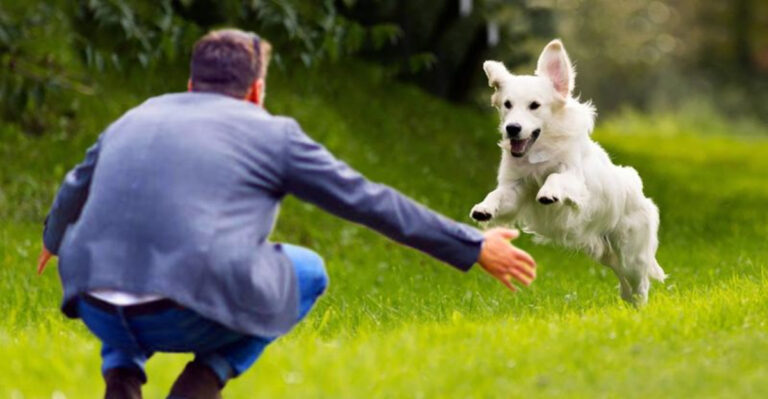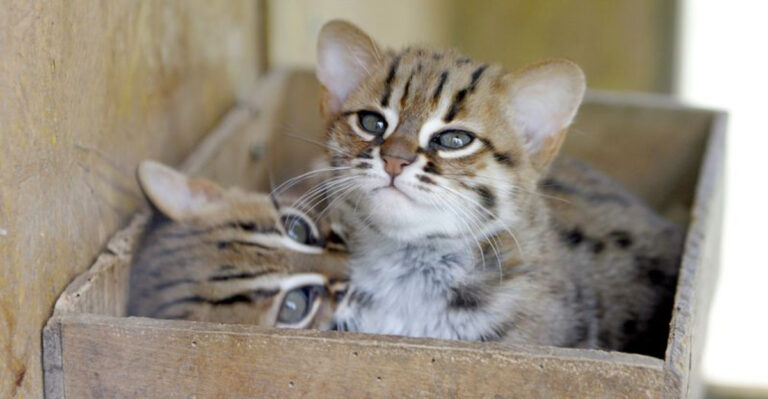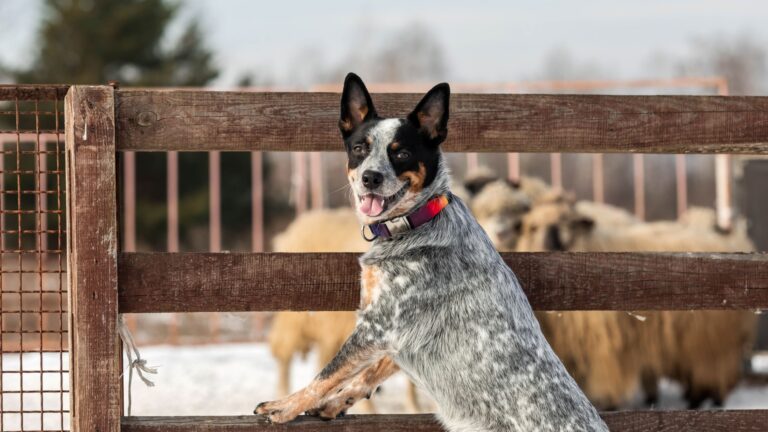14 Small Dog Breeds That Don’t Like Other Animals In The House

Ever wondered why your tiny canine companion seems grumpy around other pets? Some small dog breeds simply prefer being the only animal in your home.
Whether it’s due to their hunting background, territorial nature, or just plain jealousy, these pint-sized pups often struggle to share their space and your attention with furry roommates.
1. Dachshunds: The Stubborn Hunters
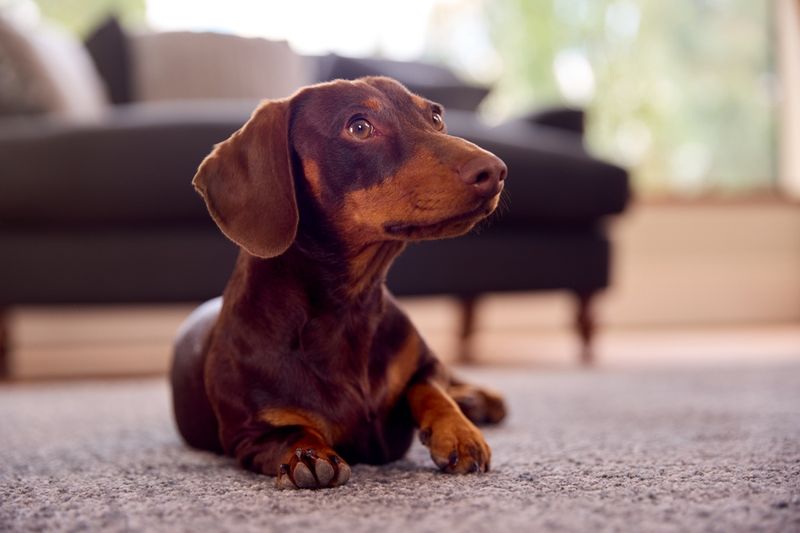
Originally bred to hunt badgers, Dachshunds carry strong predatory instincts that make them wary of other animals. Their long bodies and determined personalities hide a fierce hunter’s spirit.
Many Dachshund owners find their pets chase smaller animals relentlessly. They’re particularly territorial about their homes and can become aggressive toward other dogs who enter their space.
2. Jack Russell Terriers: Feisty Little Firecrackers
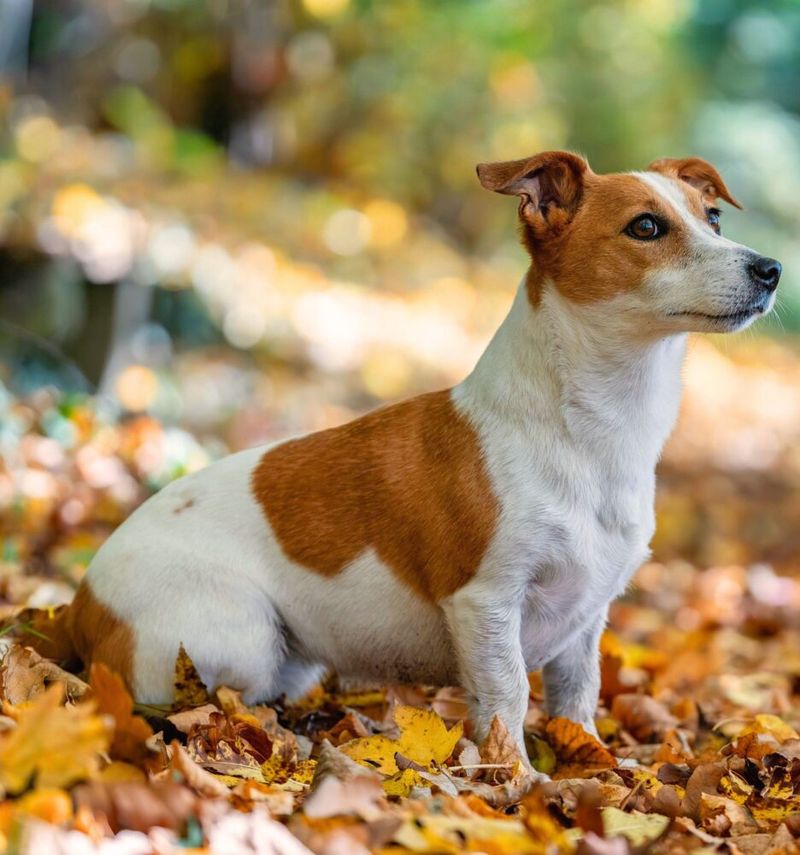
Jack Russell Terriers pack enormous energy and hunting drive into their small frames. Bred for fox hunting, they view smaller animals as potential prey rather than potential friends.
Their high-strung temperament often leads to friction with other pets. Jack Russells need consistent training to manage their natural instincts, otherwise they might harass larger animals or chase smaller ones with relentless determination.
3. Chihuahuas: Loyal To One Human Only
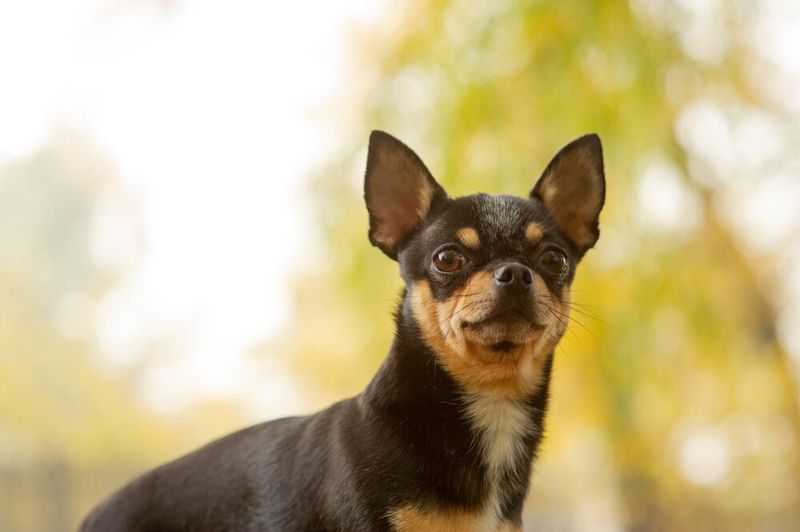
Famous for their devoted personalities, Chihuahuas typically bond intensely with one person and reject others—including animal housemates. Their tiny size creates a natural defensiveness that manifests as aggression.
Many Chihuahua owners report their pups growling or snapping at other pets who approach their favorite human. This breed often suffers from “small dog syndrome” where they compensate for their size with outsized territorial behavior.
4. Miniature Pinschers: The Confident Rulers
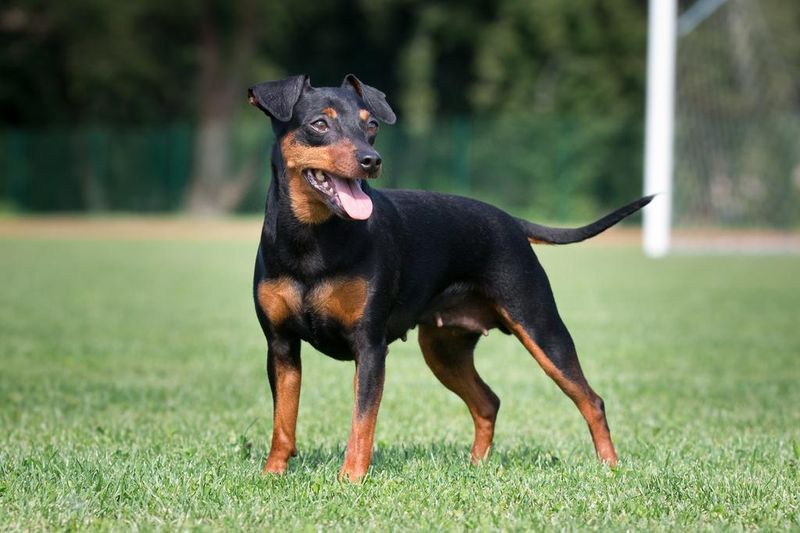
Min Pins carry themselves with the confidence of much larger dogs. Nicknamed “King of Toys,” these proud little pups believe they should rule your household without competition.
Their fearless nature makes them surprisingly confrontational with larger animals. Min Pins have strong territorial instincts and will challenge dogs many times their size. They’re particularly protective of their food, toys, and sleeping spots.
5. Scottish Terriers: Independent Loners

Scottish Terriers have dignified, independent personalities that don’t mesh well with other animals. Their aloof nature extends to both humans and fellow pets, preferring solitude to socialization.
Scotties were bred to work alone, hunting vermin without human direction. This self-sufficient attitude means they rarely seek companionship from other animals. When forced to interact, they can become irritable and snappish.
6. Shih Tzus: The Jealous Royalty
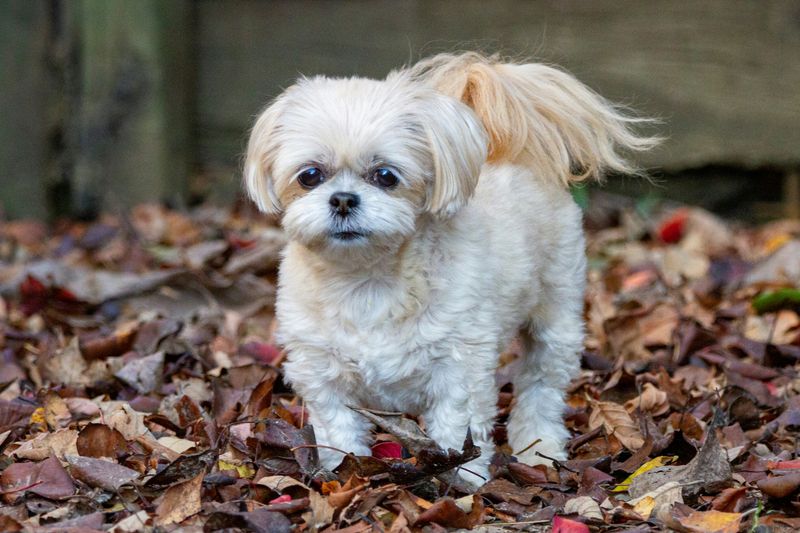
Despite their sweet appearance, Shih Tzus have royal attitudes that make sharing difficult. Bred as palace companions in ancient China, they expect exclusive attention from their humans.
When another animal enters the picture, many Shih Tzus display surprising jealousy. They might push between you and other pets, bark when you give attention elsewhere, or refuse to share toys and bedding.
7. Pekingese: Ancient Imperial Guards

Pekingese dogs carry their imperial Chinese history in their proud demeanor. Once exclusive companions to royalty, they maintain a regal attitude that doesn’t welcome competition.
Their lion-like manes match their fierce protective instincts. Pekingese can be surprisingly aggressive toward other animals who approach their humans. Their stubborn nature makes training them to accept other pets particularly challenging.
8. Lhasa Apsos: Suspicious Watchdogs
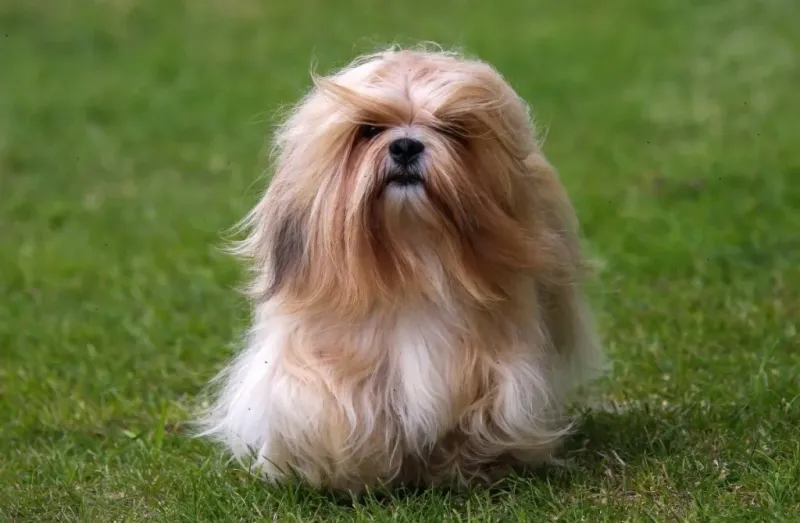
Lhasa Apsos served as monastery sentinels in Tibet for over 1,000 years. This ancient guardian role makes them naturally suspicious of unfamiliar creatures entering their domain.
Their long history as alert watchdogs translates to cautious behavior around other animals. Lhasas typically take a long time to warm up to new household members. They’re known for their excellent hearing and will bark persistently at any animal they consider intrusive.
9. Yorkshire Terriers: Brave Beyond Their Size
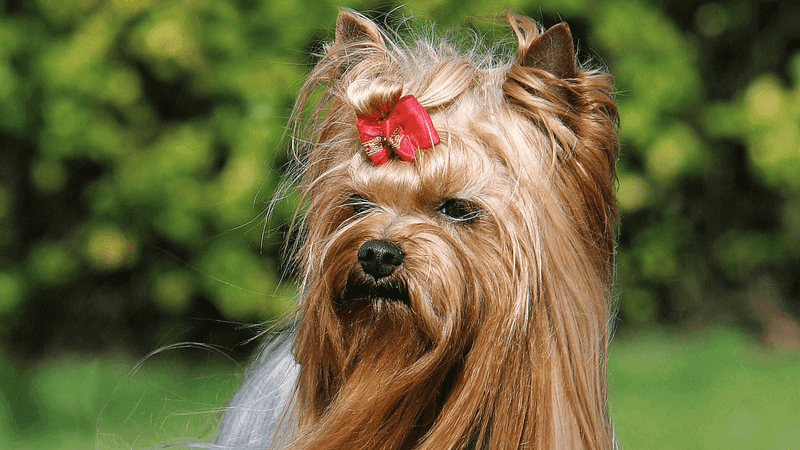
Yorkies may look like fashionable lapdogs, but their terrier heritage gives them bold personalities that clash with other pets. Their history as rat catchers in textile mills provided them with surprising courage.
Many Yorkshire Terrier owners find their tiny companions challenging larger dogs without hesitation. They can become bossy with other animals in the household and may nip at pets who don’t respect their boundaries.
10. West Highland White Terriers: Tenacious Hunters

Westies were developed in Scotland to hunt small prey, giving them a strong prey drive that complicates relationships with smaller pets. Their white coats were specifically bred to distinguish them from the animals they hunted.
This hunting background makes them prone to chasing cats, rabbits, and other small creatures. West Highland Terriers can be particularly territorial about their food and toys, leading to resource guarding against other household animals.
11. Pomeranians: Attention-Demanding Fluffballs
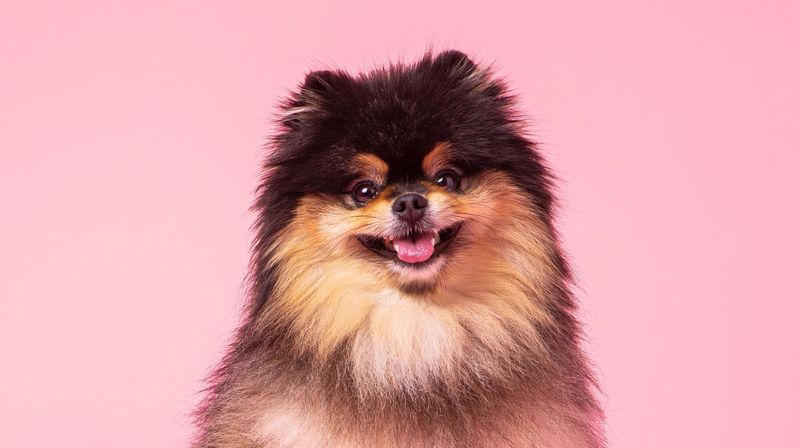
Pomeranians may look like living stuffed animals, but they demand center stage in your home. Their fox-like expressions hide demanding personalities that crave constant attention.
When forced to share human affection with other pets, Poms often act out with excessive barking or nipping. Their fluffy appearance belies a bold temperament. Many Pomeranian owners report their dogs becoming visibly upset when they pet other animals.
12. Boston Terriers: One-Person Companions
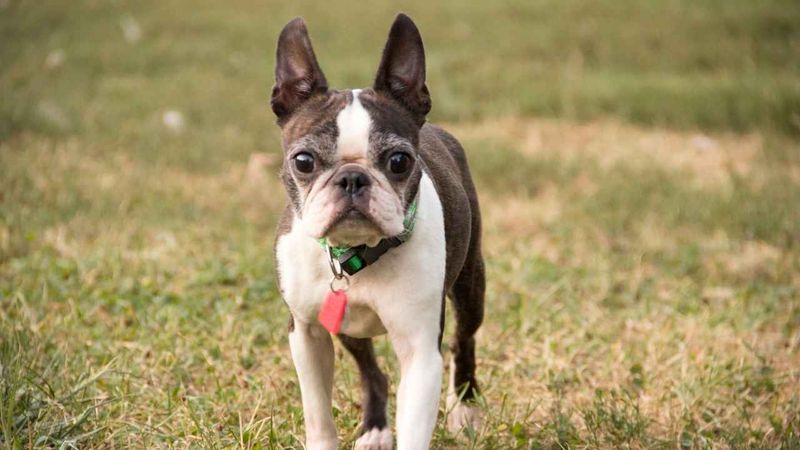
Boston Terriers form intense bonds with their primary human that leave little room for animal friendships. Their expressive eyes and animated personalities make them engaging solo companions.
While generally friendly with people, many Bostons show surprising jealousy toward other pets. Their stubborn streak can manifest as refusing to acknowledge other animals in the home or competing aggressively for attention and resources.
13. Maltese: Delicate Attention Seekers

Maltese dogs have been bred as companion animals for thousands of years, creating a breed that thrives on human attention. Their silky white coats and button eyes make them irresistible to their owners.
This long history as lapdogs means they often struggle when forced to share affection. Maltese can become anxious or depressed when their owners divide attention between multiple pets. Some develop problematic behaviors like excessive barking or marking territory.
14. Brussels Griffons: Opinionated Little Characters

Brussels Griffons have expressive, almost human-like faces that reflect their strong personalities. These opinionated little dogs have clear preferences about their environment, including who gets to share it.
Their self-important attitude often leads to friction with other pets. Brussels Griffons typically want to be the center of attention and may sulk or act out when other animals receive affection. Their sensitive nature means they’re easily offended by rougher play styles.



